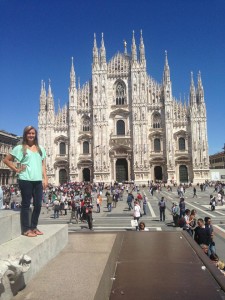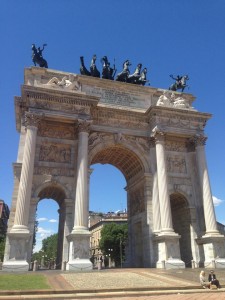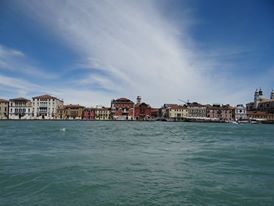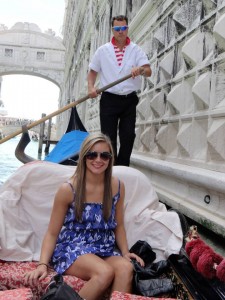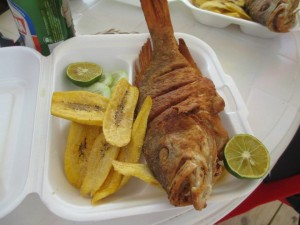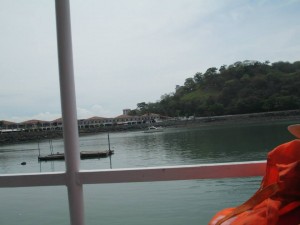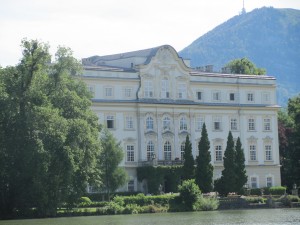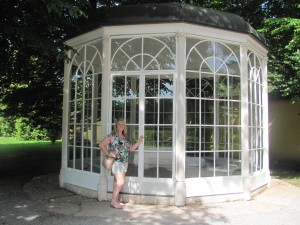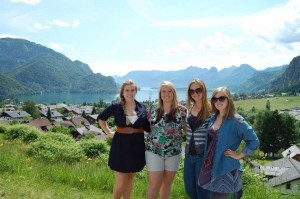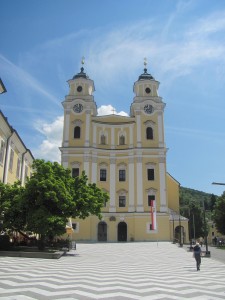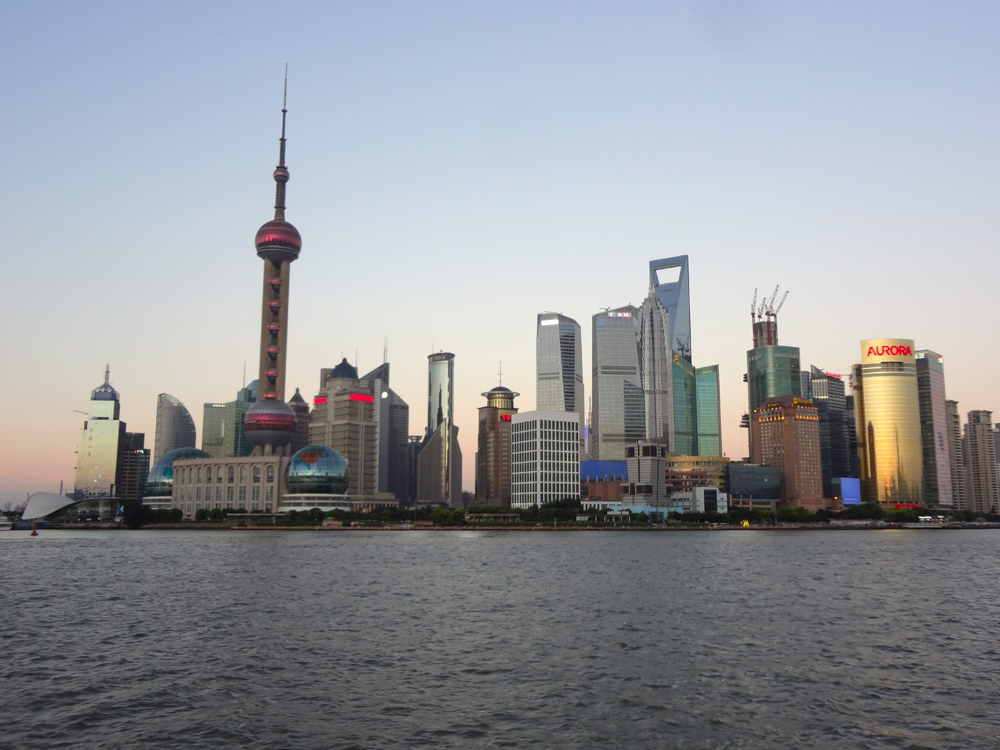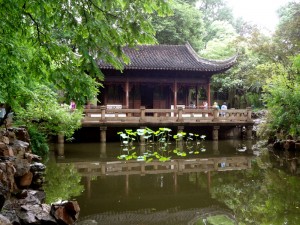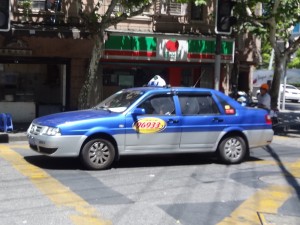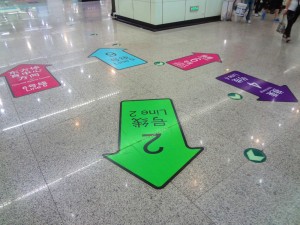Ciao from Torino, Italy! I’ve been keeping a journal during my time here and am just now getting around to posting on the blog, sorry!
Brett Moreno and I boarded our flight from Louisville to Frankfurt, Germany and were absolutely ecstatic. After our long 9 hour plane ride we were finally in Europe. We had breakfast in Germany while waiting for our connection to Torino. Once arriving in Torino we took a cab to our hotel. We arrived a few days earlier than required to get adjusted to the time difference and do some sightseeing. Once getting settled we were off to explore Torino. We found a local café and had lunch then wandered the streets looking through windows and looked around the open market. The next day we journeyed a little further. We walked along the River Po and through one of Torino’s beautiful parks that goes on for about 2 miles. It was absolutely gorgeous. We saw an old castle in the park as well!
A few days later we met up with everyone in the USAC program at a hotel downtown. From there all the students went to dinner at a local pizzeria and got to know each other a little. After dinner the USAC Staff took us on a short walking tour around Torino. They showed us the main squares in downtown, some good local places to eat, and told us a little history about Torino. The following day we moved into our homes for the next 5 weeks. Brett and I live in an apartment right by the school; it’s only about a 5 minute walk. We unpacked and ate at a local restaurant called Il Barone, it was fantastic! And it had English translations on the menu, which was quite a relief since very few people speak any English in Torino. The next day we met the USAC program downtown for a bus tour around the city. We saw so many amazing places such as the church where the holy shroud is kept, the Olympic Stadium, Olympic Village, went on top of the hill overlooking the entire city, and so much more. Sunday was our free day and our last day off before we started school.
We woke up Sunday morning and spontaneously decided to go to Milan for a day trip! The train ride was about an hour and a half. In Milan we saw the enormous castle in the center of the city and we saw the Duomo, the largest Gothic Cathedral in the World! Milan was absolutely breath taking. We also saw the famous shops in Milan, since it’s the fashion capital of Italy, and one of the top in the world. We finished our day off with some fresh gelato and headed back to Torino.
Monday we met at school for orientation. There we went over everything we needed to know about our stay. We got our class schedule and had the chance to meet our teachers. While abroad I am taking Elementary Italian I and International Marketing. Both classes go towards my International Business Minor as well as my Marketing Major. The USAC staff gave us what we call “the bible.” It has everything in it from useful phrases, to good local restaurants, to cheap airlines, a list of all the USAC trips that are available, etc.
The first week of school went well. I liked both of my classes and both of my teachers are amazing. The classes are very small, only 3 total in Italian and 8 total in Marketing so everyone is very involved which is great. Even though each class is 3 hours long, it doesn’t feel like it because class is actually fun because everyone is actively participating. Friday after class, Brett and I boarded our train to Venice!! We could hardly contain our excitement on our 4 hour train ride there. When we stepped out of the train station in Venice we were right on the Grand Canal at nighttime! It was so beautiful. We took a water taxi to our hotel, which was right on the water! The next day we went to St. Mark’s Square, took a ride on a gondola, wandered the city, and bought tons of souvenirs. The gondola ride was like our own private tour. Our gondola driver told us all about the history of Venice, showed us buildings where famous people had lived and so much more. We both got amazing oil paintings to hang up at our houses back home! After a long day we headed back to the hotel to rest up and catch our early train back Sunday morning.

